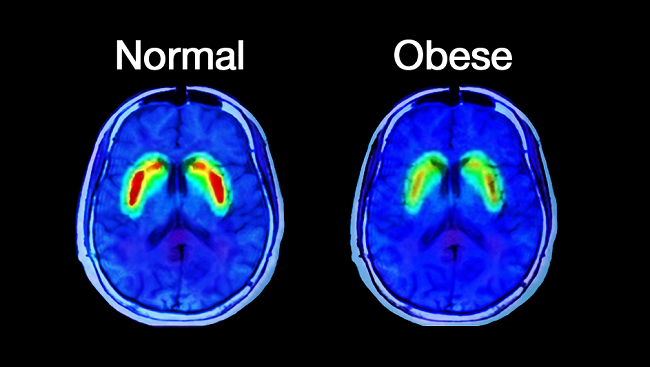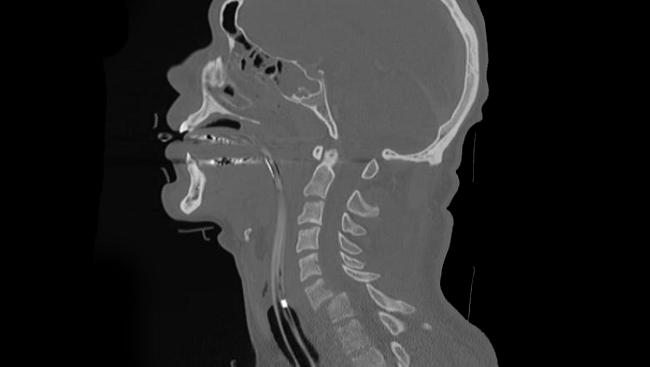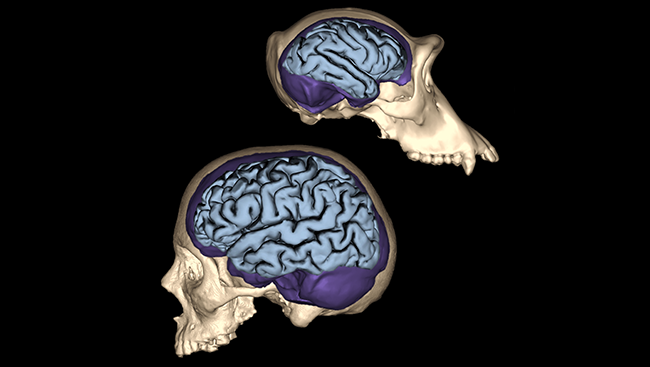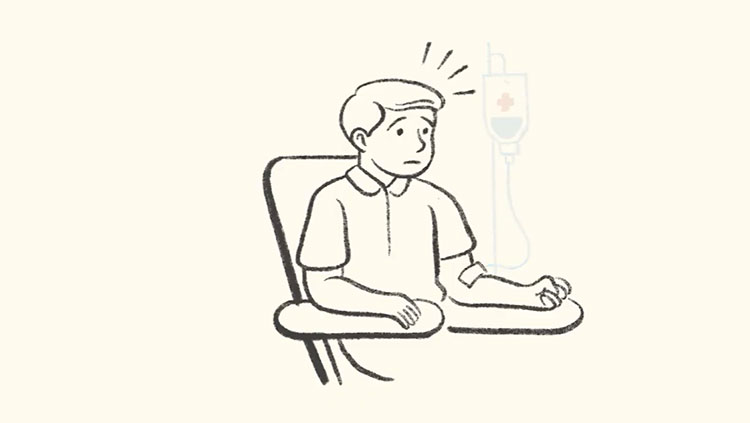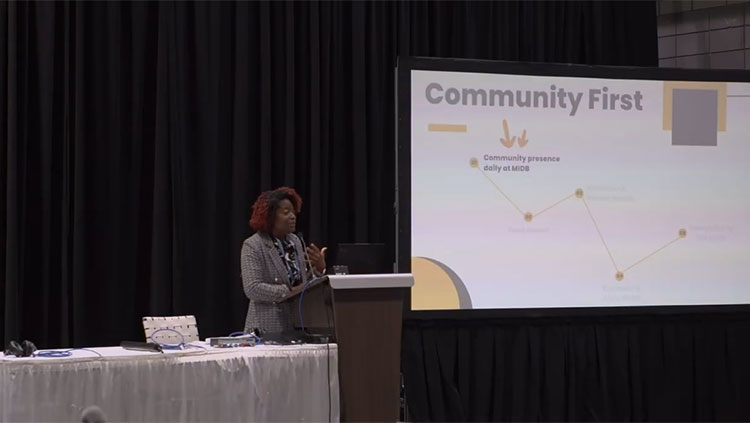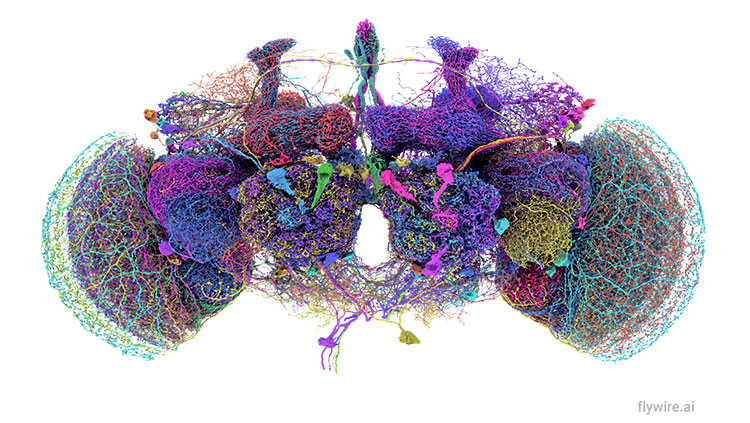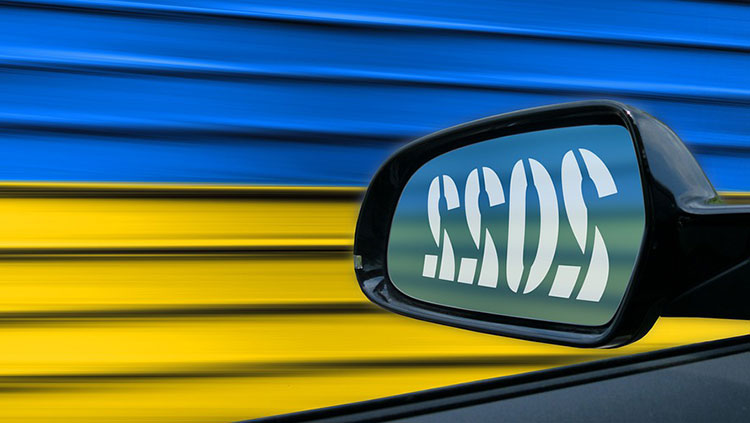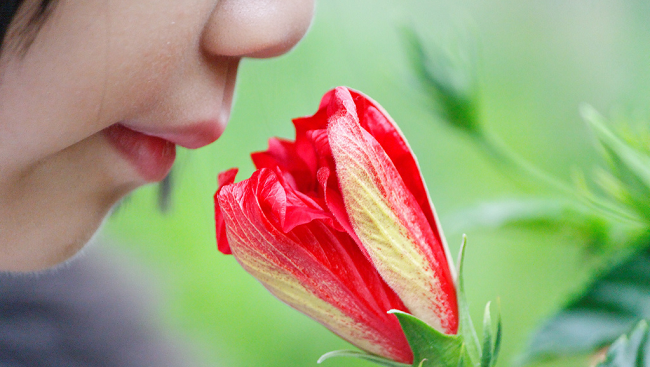
Making Sense of Scents: Smell and the Brain
Scientists studying olfaction have learned how our sense of smell works and discovered that it might be more sophisticated than previously thought.
Courtesy, with permission: Dennis Wong.

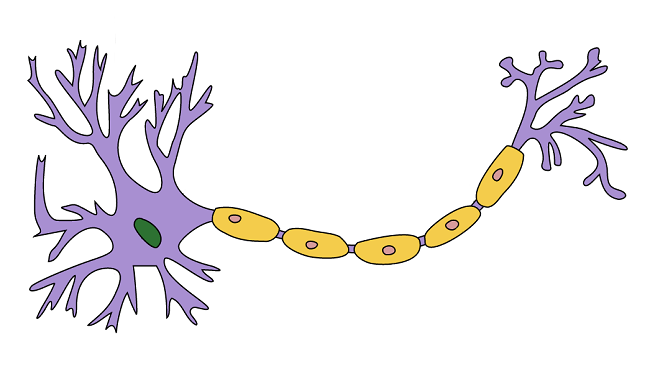
Myelin: An Overview
Research into how myelin insulates nerves is shedding light on diseases like multiple sclerosis.
Courtesy, with permission: Quasar Jarosz.

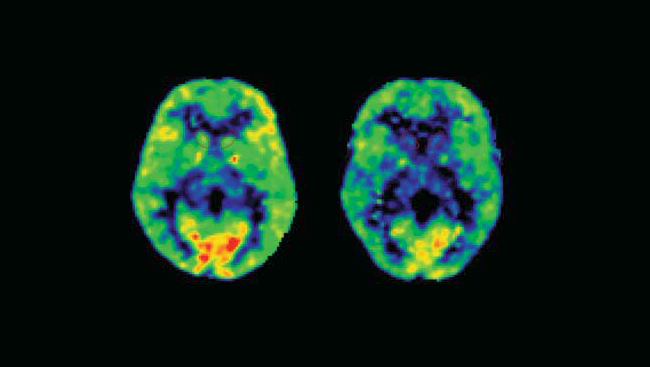
Bullying and the Brain
Bullying is more than a painful experience — it can have lasting repercussions on the developing brains of young people.
Courtesy, with permission: National Institutes of Mental Health.

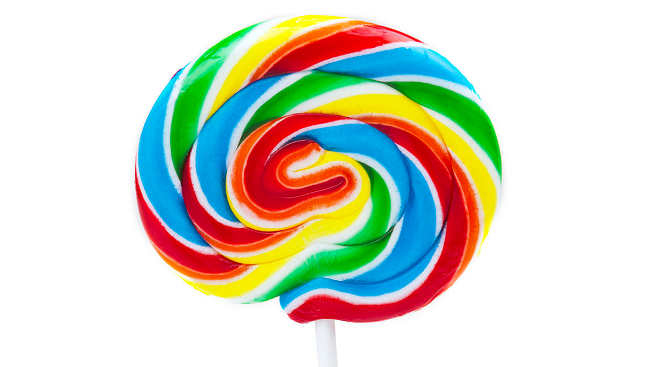
Sweet Talk: The Brain and Sugar
Your favorite sweet treat activates complex reactions within the brain. Hear how it happens in this podcast from BrainFacts.org.

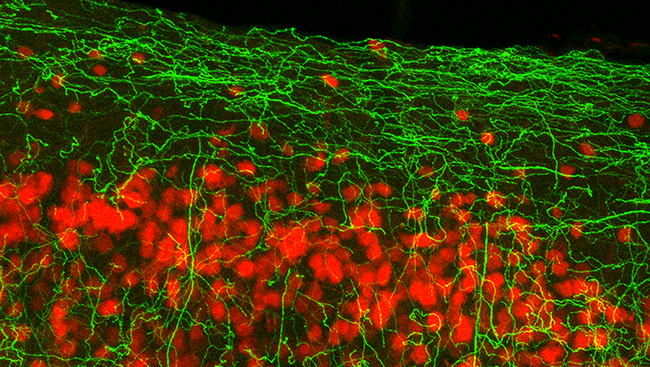
Image of the Week: Mind Mapping
Scientists map the organization of nerve fibers, which may offer new clues about their roles in cognition and behavior.
Bloem, et al. The Journal of Neuroscience 2014.

This year, BrainFacts.org explored what people were most curious about: the science of ourselves. It was a year of exploration of the brain and how it determines what we all do every day, from what we eat to when we sleep. You were also interested in our higher functions, like memory, behavior, and what makes us human. Browse through the images and their descriptions to look through our most popular posts in 2015, and click on the link in each caption to read the full articles.
About the Author
Juliet M. Beverly
Juliet M. Beverly is the senior editor for BrainFacts. She previously worked at the Embassy of Austria in the Office of Science & Technology as the assistant editor for Bridges, an online magazine covering transatlantic science and technology policy.




